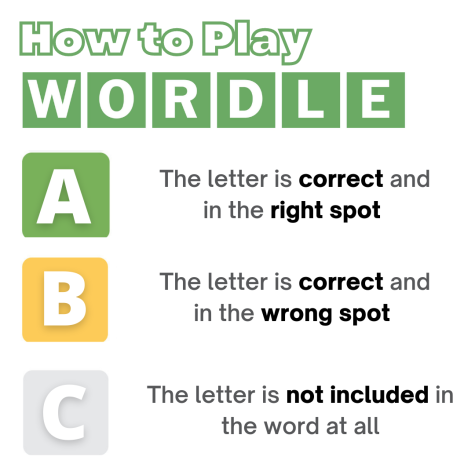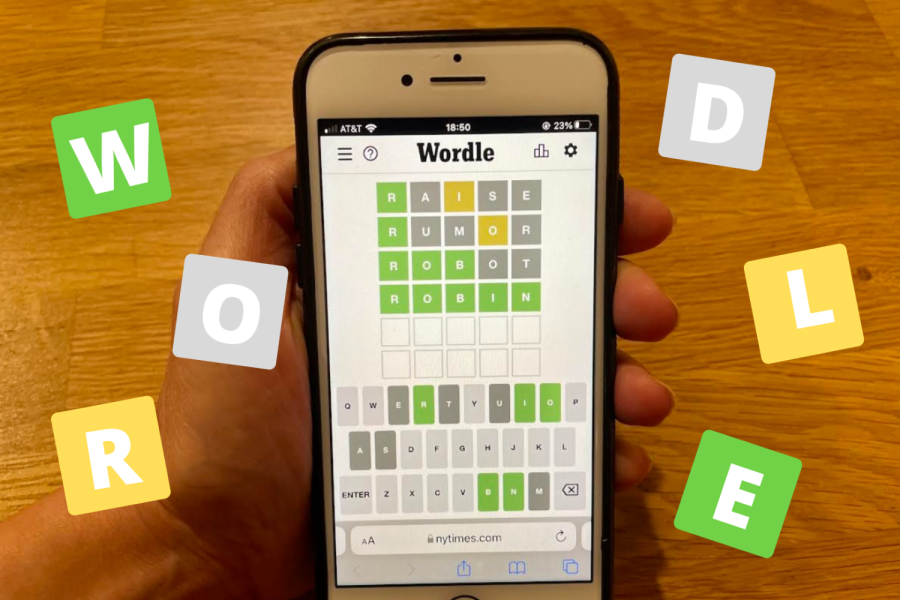Ninety daily players may not sound like a promising start to a game’s beginning, but it is exactly where Wordle, a viral word game, started last November.
Wordle, developed by Josh Wardle, was released to the public in October 2021. Two months later, in January, the New York Times purchased the game for a low seven-figure sum. The puzzle now has millions of daily players and is free for all.
“I think that Wordle is a great match for the New York Times in terms of the category and guiding principles behind the design. Wordle balances our portfolio of games really well. It appeals to so many people, in part because it’s easy and quick to do every day. The five-letter word that you’re trying to find is super common, and that’s deliberate,” said Jonathan Knight, the General Manager for Games at the New York Times.

Wordle’s objective is to guess the five-letter word-of-the-day within six guesses. After submitting each guess, colored tiles will appear, indicating whether the chosen letters are correct. If a green tile appears, the letter is correct and in the right spot. If a yellow tile appears, the letter is correct but not in the right spot. If a gray tile appears, the letter is not included in the word at all.
According to Josh Wardle, the creator of Wordle, the game is limited to 2,315 possible Wordle answers; he has also excluded five-letter plurals. To help narrow down the solutions, Wordle players use various strategies.
“I always start with the same word, ‘roate,’ which contains three vowels and the two most common consonants in the English language. I usually start with those vowels and then go from there. If I don’t get any right on the first try, I incorporate different constants like C, G, H, P, or L,” said Ruth Casab, a sophomore at Carlmont High School.
Wordle limits players to a single game per day, since the word resets at the end of the day. This limitation keeps people coming back without losing interest in the game.
“There’s a sense of intrigue to the game. Every day you wonder, ‘What’s today’s word going to be?’ So, I think playing one game a day is good, and it’s part of Wordle’s brand. I might get sick of the game quickly if I was doing it all the time,” Casab said.
It’s that daily intrigue that the New York Times is counting on; the company is hoping for Wordle to draw in more subscribers.
“At the moment, Wordle is certainly our biggest game in terms of daily users. Because of this, our other games have grown too. The Spelling Bee has grown in popularity a lot, so the excitement around the world over Wordle is spilling over into our other games,” Knight said.
According to Knight, Wordle is bringing readers in addition to players to the New York Times. He hopes that Wordle will also show people the New York Times’ other content.
“We want people engaging with the New York Times and spending more time there since we have a lot to offer. We are known for the news, but we also have a cooking product and Wirecutter, a product recommendations site. The goal is absolutely to bring more people to the Times and expose them to our other products beyond Wordle,” Knight said.
Close to a million of the New York Times’s 8 million subscribers also subscribe to the games. Because of Wordle’s accessible nature, Knight hopes that this number will continue to grow.
“I think Wordle is unique because it’s more approachable and playable. In a way, our crossword puzzles can be perceived as difficult and time-consuming. Wordle, on the other hand, is more mass-market,” Knight said.
Unlike the other word puzzles from the New York Times, like the Crossword or Spelling Bee, Wordle is a relatively short game. For many players, it can be played in one sitting.
“I like that it is a pretty short puzzle and takes a few minutes out of my day. I’m not having to find a large block of time to do it. The other game I’ve played on the New York Times site is the Spelling Bee. It takes more time, so I usually spread it out over the day. Whereas, for Wordle, once I’ve started, I pretty much do it until the end,” said Anthony Intintoli, a Belmont resident and New York Times subscriber.
Wordle is also a social game, as it allows players worldwide to post their scores on social media. In January, the puzzle gained around 1.7 million tweets under #wordle. Players can also text their friends and family their scores, which adds an interactive element to the game, bringing people together.
“I like that everybody shares a little story about how they solved the puzzle that day. And it’s a unique story. You’re not simply sharing, ‘Oh, I did the Wordle today.’ You’re sharing something very personalized. We’re all solving for the same word every day, so people can look at what’s encoded in those yellow and green squares to guess what your journey was. I think that does bring us all together at a time when we really need that,” Knight said.























